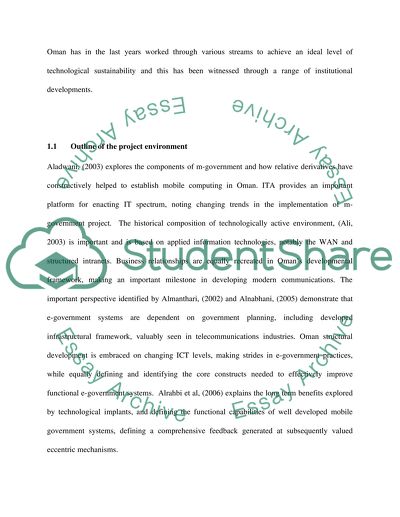Cite this document
(“Toward Delivery of Effective Mobile Government: the Case of Oman Coursework”, n.d.)
Retrieved from https://studentshare.org/information-technology/1452617-revision-for-order
Retrieved from https://studentshare.org/information-technology/1452617-revision-for-order
(Toward Delivery of Effective Mobile Government: The Case of Oman Coursework)
https://studentshare.org/information-technology/1452617-revision-for-order.
https://studentshare.org/information-technology/1452617-revision-for-order.
“Toward Delivery of Effective Mobile Government: The Case of Oman Coursework”, n.d. https://studentshare.org/information-technology/1452617-revision-for-order.


